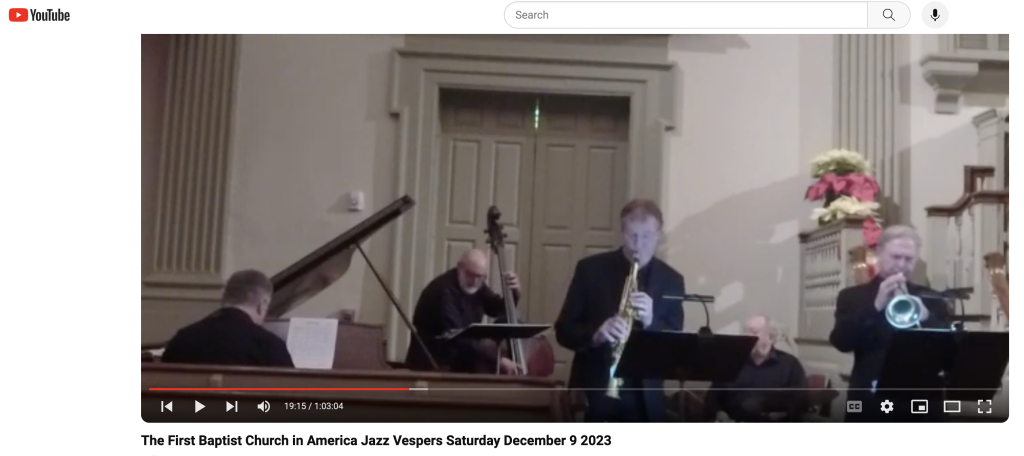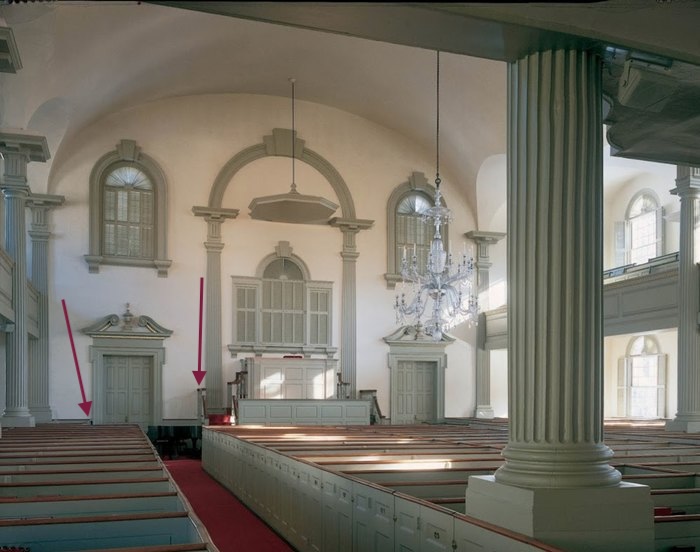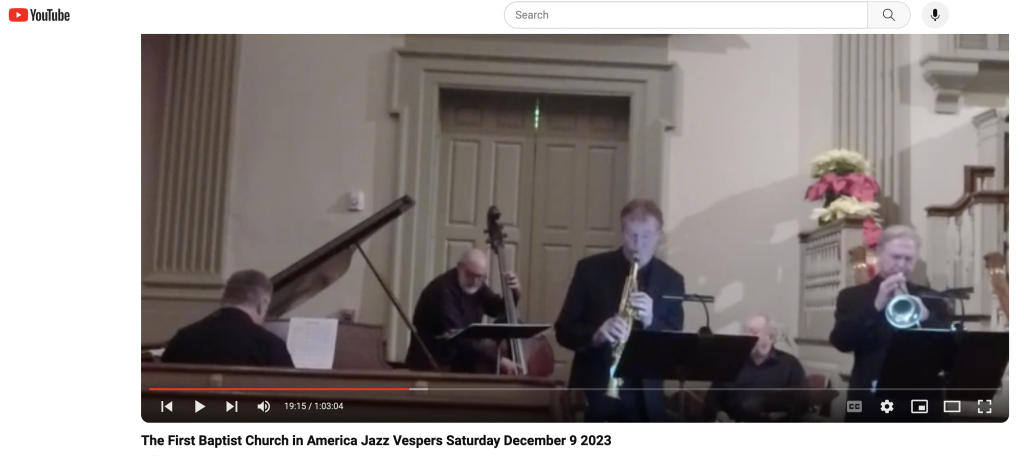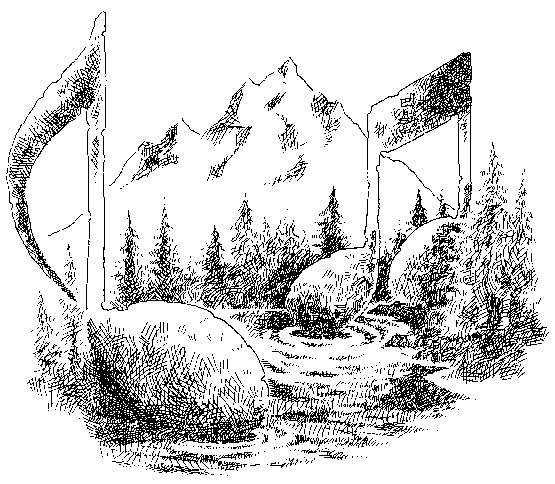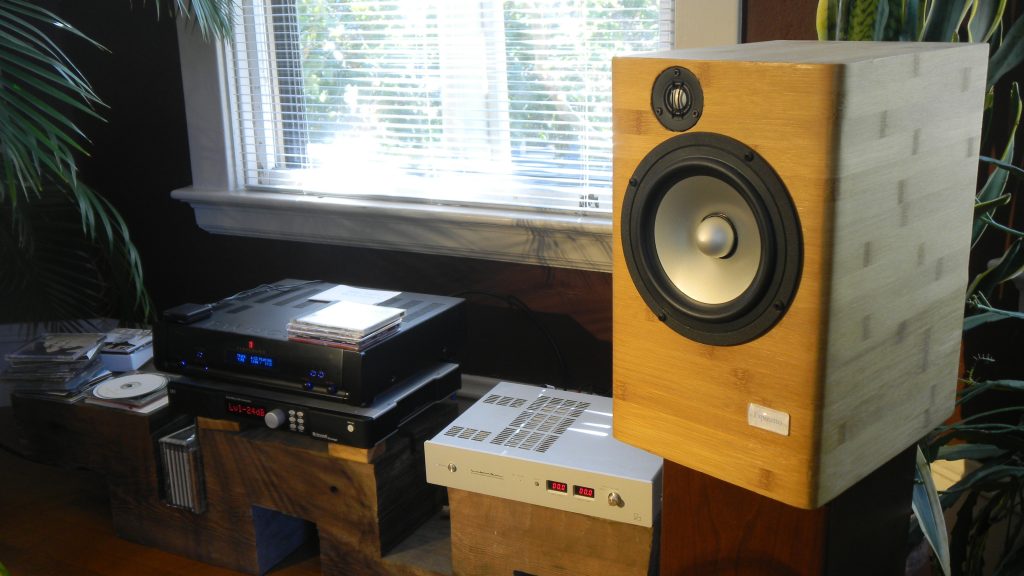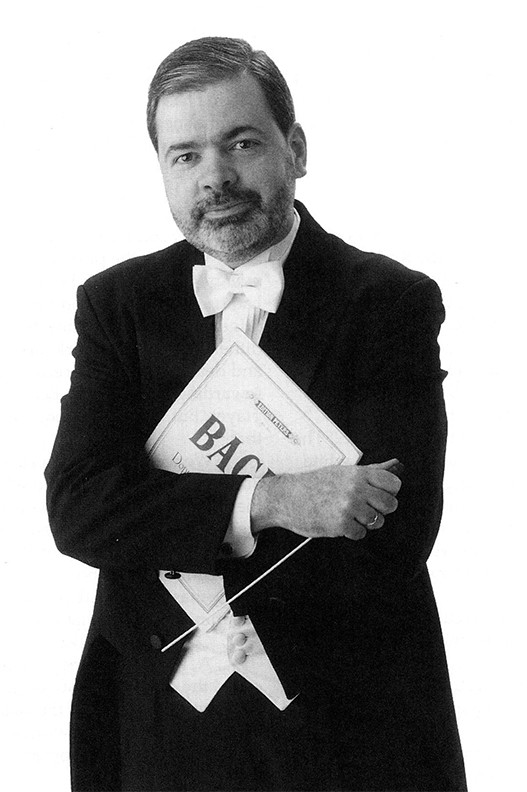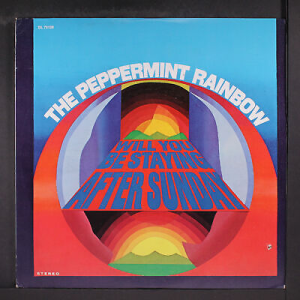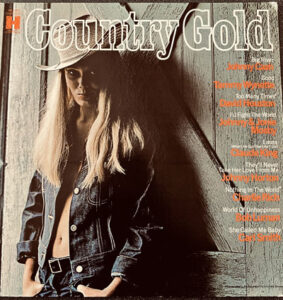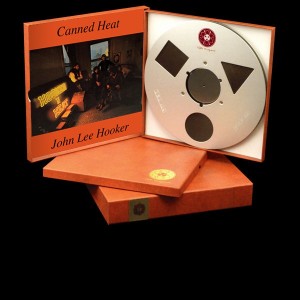EXCLUSIVE! FREE HI-RES DOWNLOAD!
24-bit/88.2kHz Christmas Jazz Vespers jazz-quintet track "What Child Is This?" recorded location-live by John Marks.
From the Editor: Our good friend John Marks got in touch about a "Christmas Jazz Vespers" concert he had recently recorded location-live in the spacious Third Meeting House (1775) of the First Baptist Church in America (gathered 1638).
John was so pleased with the way the track "What Child Is This?" came out that he asked the Quintet if he could arrange for Positive Feedback to give the hi-res track away; the Quintet gladly consented. The cleverly-named Presbybop Quintet (HERE) is the brainchild of jazz pianist (and Presbyterian minister) Bill Carter.
I will now turn the floor over to John. But first, please know that the Presbybop Quintet is a non-profit organization, and that contributions to their work are tax-deductible. If you love this hi-res download, please consider donating $3 (or even more) HERE.
Download the Windows .WAV file HERE
Download the Apple .AIF file HERE
I love the challenge of recording a small jazz group in a large church, using only two microphones. So, when I learned that the First Baptist Church in America (Providence, Rhode Island) would be presenting a "Christmas Jazz Vespers" jazz-quintet concert, I volunteered to make a location-live recording. Please note, the First Baptist concert was free of charge, and open to the public.
On the afternoon of the concert, as I was beginning to set my equipment up, the members of the group came in. So, of course, I shamelessly name-dropped my John Marks Records 1994 album Blue Skies, by the Harry Allen Quartet. Blue Skies was recorded by David Hancock, using only two hot-rodded pre-WWII ribbon microphones, and 30-ips half-inch two-track analog tape. Strangely enough, the recording venue for Blue Skies was the nave of Manhattan's Church of the Holy Trinity (Episcopal). Dick Shahinian thought that Blue Skies was one of the most beautiful albums ever recorded. I can't argue with that.
I can provide a shot of the NYC Holy Trinity nave for comparison, if anyone cares.
Needless to say, the seasoned session players who make up the Presbybop Quintet positively responded to my mention of Harry Allen's name. Indeed, most, if not all of them, had worked with Harry, at some time or another. The Quintet consists of: Bill Carter, piano; Tony Marino, bass; Ron Vincent, drums; Jeff Stockham, trumpet and French horn; and Mike Carbone, saxophones.
About the Venue
The massing, exterior proportions, and the exterior formalities and details of the Third Meeting House of the First Baptist Church were "freely borrowed" from London's church of Saint Martin's In-the-Fields. (I sincerely hope that nobody ever told Sir Neville Marriner about that. He might have been unsmiling at our Colonial impertinence.)
However, whereas SMI-T-F's interior style is (IMHO) kinda-sorta Counter-Reformation Rococco (strange, in that it is an Anglican church), First Baptist's interior is almost entirely Classically austere, perhaps under the influence of Adam and/or Palladino. There are Classical echoes in the broken pediments and the urns, and a complete (and, Calvinist) absence of representational art. Of course, there is not a Crucifix; but also, not even a Cross.
So, now that we know that the Third Meeting House was patterned after Saint Martin's In-the-Fields, we should expect to be told that the acoustics are positively yummy; and, for the most part, that is true. The good side of the ledger is that the internal volume of the worship space, which I estimate at 320,000 cubic feet (80 x 80 x 50 feet), is larger than many well-regarded small concert halls. The Third Meeting House's internal volume is not a patch on that of NYC's Riverside Church (where I have also recorded), but it is quite impressive. Also, most of the original 1775 horsehair plaster remains, and the main ceiling is barrel-vaulted, but with groin-vaulted ceilings over the galleries on the upper level.
The two things that are slight acoustical impediments are, the presence of anachronistic thick horsehair pew cushions, and the fact that the layout of the worship space was not planned with music performances in mind. Especially down front. Note, the galleries, organ, and choir loft are not original; they were added in the 1830s. Some Church members were so upset at the arrival of professional musicianship (as distinct from congregational singing, only) that they departed.
In view of all of that, the least-bad arrangement was to have the Quintet occupy a small square-ish space at the front. That quasi-entryway is bounded by a pair of exit doors at the rear; by the leftmost, frontmost block of box pews on the left; and, by the staircase to the pulpits on the right.
The first photo is a long shot for orientation, with arrows pointing to the landmarks I mention above. The piano had to be turned 180 degrees from its position in the first photo, and moved hard left.
The other musicians then settled themselves in, as best as they could, as shown in the second image, a Grab from the YouTube.
Making the Recording
I was in the frontmost, leftmost pew of the center section of box pews, with my ORTF mic array diagonally aimed into the "box" the musicians were playing in. The mics were about four feet from the trumpet's bell. The recording setup was a lovely pair of Pearl (of Sweden) CC 22 rectangular-diaphragm cardioid microphones (circa $1600 each, today), in an ORTF array (6 feet off the floor), into a tried-and-true Sound Devices 702 CF-card recorder, running at 24/88.2.
I think that the physical arrangement of the instruments in a small space that was at least partially walled off on three sides made the piano and bass a little too reverberant. Also, the dynamics seemed a little too "jumpy," rather than continuous.
I rarely use dynamic compression in post-production (even though my friend Bob Ludwig speaks of it as "the Soul of Rock and Roll"). When I use dynamic compression, it is usually the "Fast and Smooth" preset. However, for this poor boxed-up quintet, basically playing inside a cubic megaphone, I decided to use the "Hard" dynamic-compression preset. First time ever, in fact. That step allowed for an overall +4dB gain in volume, while, at the same time, making the dynamic ebb and flow less jumpy.
I am thrilled at the way this track came out, and I am also thrilled that the Quintet approved my idea of giving the track away. So, Merry Christmas. If the track thrills you, please consider making a donation HERE. Of course, this track, as a recording, remains copyright the Presbybop Quintet; the same for their arrangement of the Public Domain tune "Greensleeves."
To wrap this up, I want to make sure that nobody believes the Romantic legend that claims that Henry VIII of England wrote "Greensleeves." Henry VIII did write the glee "Pastime with Good Company." But he did not write "Greensleeves." Henry could not have written "Greensleeves."
"Greensleeves" was first registered at the London Stationers' Company in 1580, more than 30 years after Henry VIII died. More importantly, the "Romanesca" song style of "Greensleeves" was a Spanish innovation (or, "Greensleeves" might have been based on the Italian variant called the passamezzo antico). Neither of those compositional styles had been known in England during Henry's life. To claim that Henry VIII wrote "Greensleeves" is the moral equivalent of claiming that Calvin Coolidge wrote "Rocket 88." Worse than silly.
The traditional lyrics of "Greensleeves" are at least PG-Rated. One interpretation is that the phrase "Green Sleeves" refers to a camp follower whose garments have been grass-stained by outdoor sexual activity (and I bet they never told you that, in high school!).
Or, perhaps the woman the song is addressed to is in a "push-away" mood because she thinks that she has been mistaken for a camp follower.
William Chatterton Dix, a British scholar and hymn composer, wrote a poem called "The Manger Throne" in 1865, but it was not published until 1871, when, paired with the folk tune "Greensleeves," it was anthologized as "What Child Is This?" Since then, it has been absolutely evergreen.




